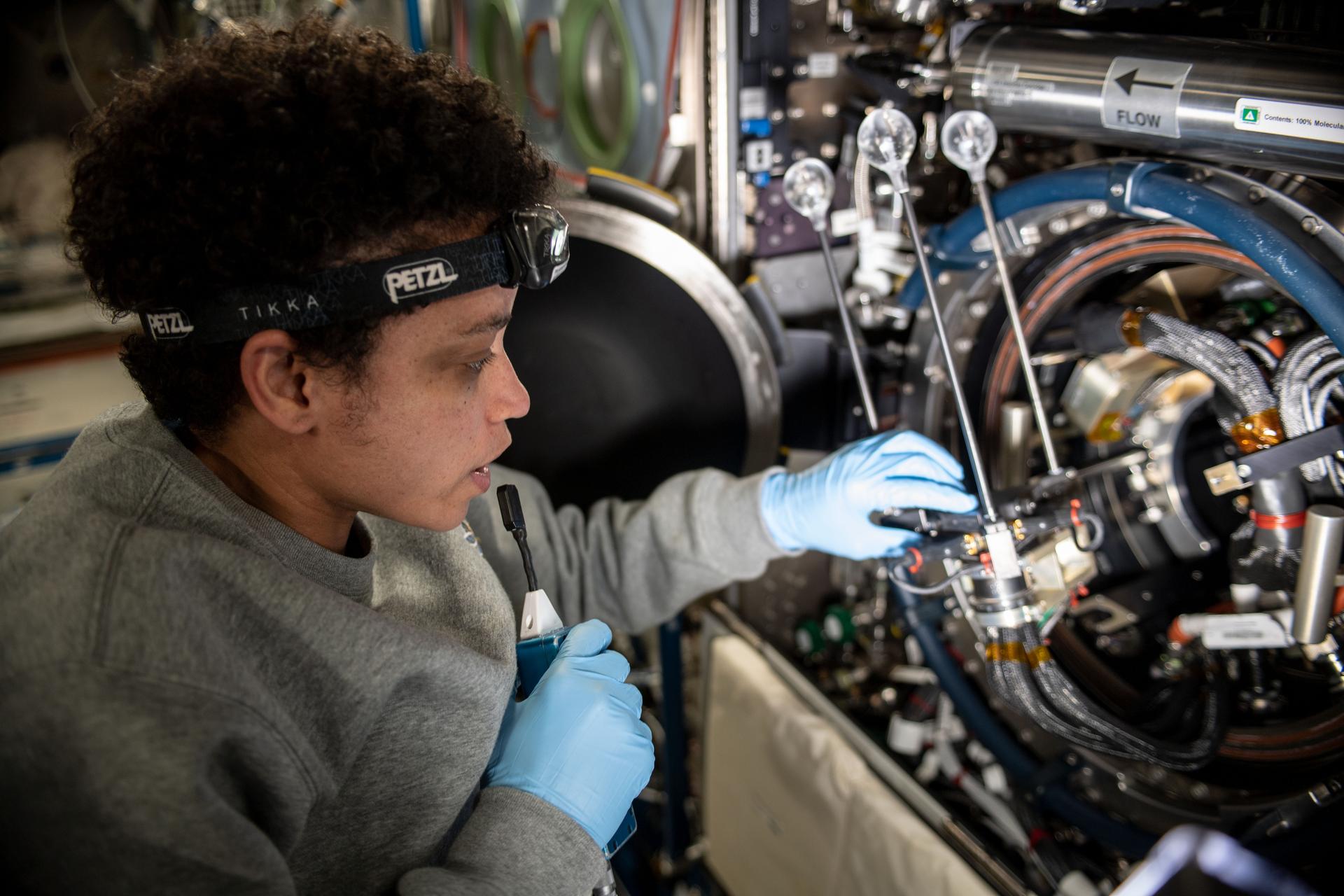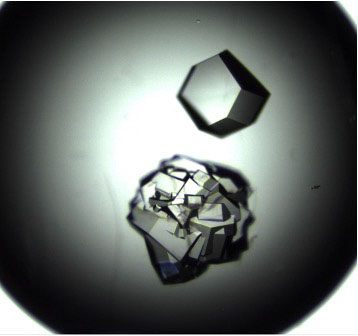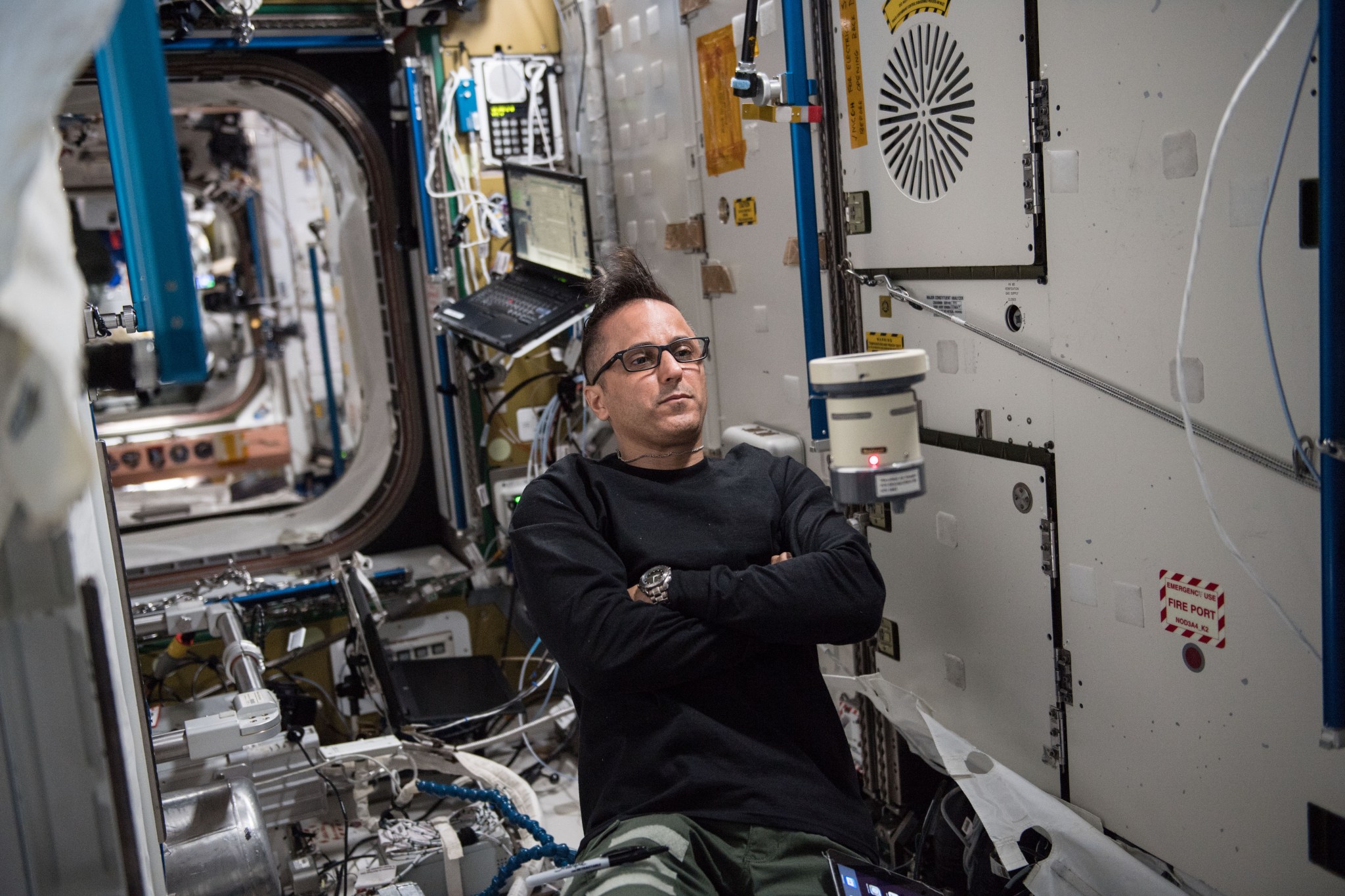On Dec. 19, 2024, NASA released two amendments to the NASA Research Announcement Research Opportunities in Space and Earth Sciences (ROSES) 2024 (NNH24ZDA001N) to announce the E.9 Space Biology: Research Studies and E.12 Physical Sciences Research Studies program elements. Space Biology Proposals The research emphases of E.9 Space Biology: Research Studies fall under two broad categories: Precision Health and Space Crops For Precision Health-focused studies, investigators may propose to use any non-primate animal model system and any appropriate cell/tissue culture/microphysiological system/organoid or microbial models that are supported by the chosen…
Read MoreTag: For Researchers
NASA Science on Health, Safety to Launch on 31st SpaceX Resupply Mission
5 min read NASA Science on Health, Safety to Launch on 31st SpaceX Resupply Mission New science experiments for NASA are set to launch aboard the agency’s SpaceX 31st commercial resupply services mission to the International Space Station. The six investigations aim to contribute to cutting-edge discoveries by NASA scientists and research teams. The SpaceX Dragon spacecraft will liftoff aboard the company’s Falcon 9 rocket from Launch Complex 39A at NASA’s Kennedy Space Center in Florida. Science experiments aboard the spacecraft include a test to study smothering fires in space,…
Read MoreNASA Selects Two Teams to Advance Life Sciences Research in Space
3 min read NASA Selects Two Teams to Advance Life Sciences Research in Space NASA announced two awards Thursday to establish scientific consortia – multi-institutional coalitions to conduct ground-based studies that help address the agency’s goals of maintaining a sustained human presence in space. These consortia will focus on biological systems research in the areas of animal and human models, plants, and microbiology. When fully implemented, the awards for these consortia will total about $5 million. Space biology efforts at NASA use the unique environment of space to conduct experiments…
Read MoreIn Space Production Applications News
Technological innovations make headlines every day, and NASA’s In Space Production Applications (InSPA) Portfolio of awards are driving these innovations into the future. InSPA awards help U.S. companies demonstrate in-space manufacturing of their products and move them to market, propelling U.S. industry toward the development of a sustainable, scalable, and profitable non-NASA demand for services and products manufactured in the microgravity environment of low Earth orbit for use on Earth. Latest News: A Meta-Analysis of Semiconductor Materials Fabricated in Microgravity (June 26, 2024) ISSRDC Announces “Steps to Space” Session to Educate Future…
Read MoreStudying Combustion and Fire Safety
Research on the International Space Station is helping scientists to understand how fire spreads and behaves in different environments and learn how to prevent and extinguish fires in space. Combustion investigations contribute to the safety of crew members, equipment, and spacecraft by guiding selection of spacecraft cabin materials, improving understanding of fire growth, and identifying optimal fire suppression techniques. This research also contributes to fire safety on Earth and some studies improve our understanding of combustion for uses such as producing electricity and powering vehicles on the ground. Microgravity dramatically…
Read MoreApproval to Exceed GSA Lodging for LPSC 2024
2 min read Approval to Exceed GSA Lodging for LPSC 2024 This letter from SARA is to issue a waiver for NASA grantees attending LPSC 2024 allowing them to be reimbursed out of their grants for their actual lodging, although it’s expected to be above the approved GSA amount. This waiver does not supersede the travel policy of your institution if it is more restrictive. Note: I have specified grants (including cooperative agreements). This may also apply to those traveling on NASA contracts, but they should communicate with their contracting…
Read MoreIn Space Production: Applications Within Reach
In microgravity, crystals grow more slowly, but the molecules have time to align more perfectly on the surface of the crystal, which returns much better research outcomes. NASA After four decades of microgravity research, NASA and the ISS National Lab have identified numerous applications that are within reach for NASA’s In Space Production Applications (InSPA) portfolio. Uniform crystals, semiconductors, specialized glass and optical fibers are just a few of the many advanced materials that can benefit from production in microgravity. Artificial retinas, drug delivery medical devices, as well as the…
Read MoreWhat is In Space Production Applications?
NASA supports In Space Production Applications (InSPA) awards to help the selected companies raise the technological readiness level of their products and move them to market, propelling U.S. industry toward the development of a sustainable, scalable, and profitable non-NASA demand for services and products in low-Earth orbit. These commercialization awards provide opportunities for NASA to reduce its future costs in LEO enabling deep-space missions farther from Earth, including the Moon and Mars. NASA is leading commercial LEO development efforts to stimulate non-NASA demand for commercially owned and operated orbital destinations from…
Read MoreStation Science 101: Microbiology
NASA astronaut Joe Acaba with one of the Microbial Air Samplers, devices that monitor microbes in the air of the space station. NASA Wherever there are humans, there are microbes, too. Bacteria and fungi live all around us, in our homes, offices, industrial areas, the outdoors – even in space. People literally could not live without these tiny organisms, many of which are beneficial. The trick is limiting potentially harmful ones, particularly in a contained environment such as a spacecraft. So from the launch of the very first module of…
Read More



